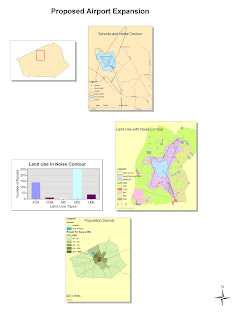
Equidistant map projections

The Equal Area map projections

The Conformal Map projections
These six maps represent the different ways in which the spherical surface of the Earth can be projected onto a flat surface. The maps are grouped into three categories, Conformal, Equidistant, and Equal Area. These three types of maps are categorized based on their method of projection. Within each of the three types of projections there are various levels of distortion. The specific map projections such as Mercator or the Lambert Azimuthal Equal-Area, are designed to preserve certain areas of the map while leaving other areas distorted. There are several different map projections, each made for a specific use.
The conformal map projections maintain angular relationships and for this reason are good for navigation. The Mercator map is a common conformal map. The mercator map uses a cylinder to project the the Earth onto. Because the mercator map style uses a cylinder, the map is distorted at the poles, making the land appear larger than actual and it is preserved at the equator. This can be seen at the poles where the 30x30 degree squares are elongated. The second conformal map shown above is a stereographical map. The stereographical map preserves the relations toward the north and south poles and there is more distortion towards the equator.
The equidistant map projections, as the name suggests, preserve distance from the center of the projection. From the first of the two equidistant maps, the equidistant conic, you can see that the distance is preserved from the north pole. This map was created using a conic projection. The second equidistant map shown is called plate carree. In this map the horizontal and vertical lines are equally spaced. Each square is 30x30 degrees and the map is preserved near the equator and stretched at the poles.
The third set of maps shown are classified as equal area maps. These maps are created to have the same area on the map as on Earth. With the Gall projection you can see that the poles are preserved while the closer to the equator you get the more distortion there is. This is why the 30x30 degree squares are stretched in the center of the map and small at the poles. The Hammer projection preserves area in the center of the map more then on the edges. The lines of latitude and longitude on the Hammer map are curved unlike the other map projections help illustrate the curvature of the Earth on a flat surface. As seen, each map has its advantages and disadvantages and for this reason different maps are used for different applications. The reason for the difficulty in accuracy with maps is the projection of a sphere onto a planar surface. The different styles of projecting the Earth onto a planar surface have been developed in order to preserve certain qualities of the map for use in specific fields.










